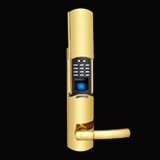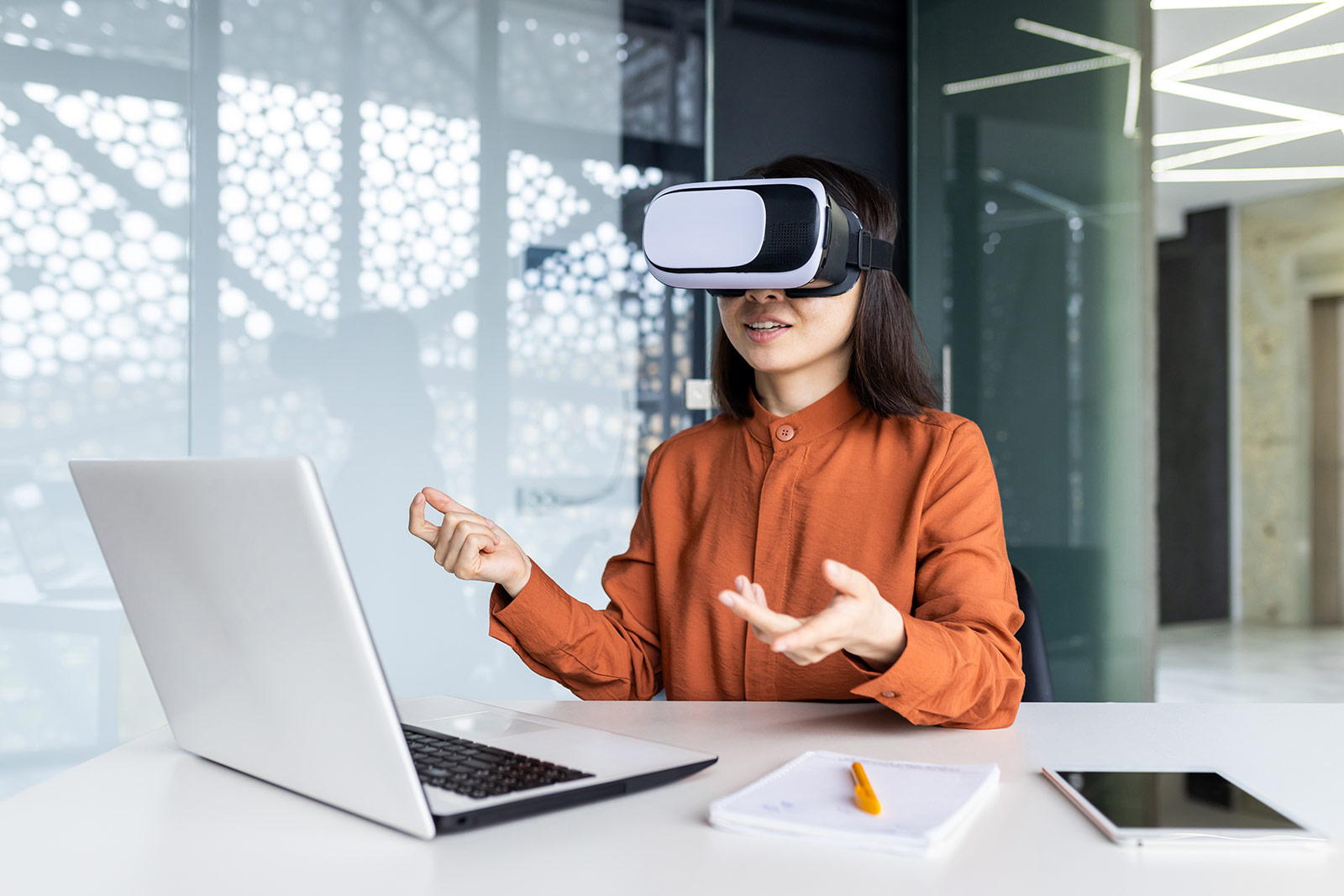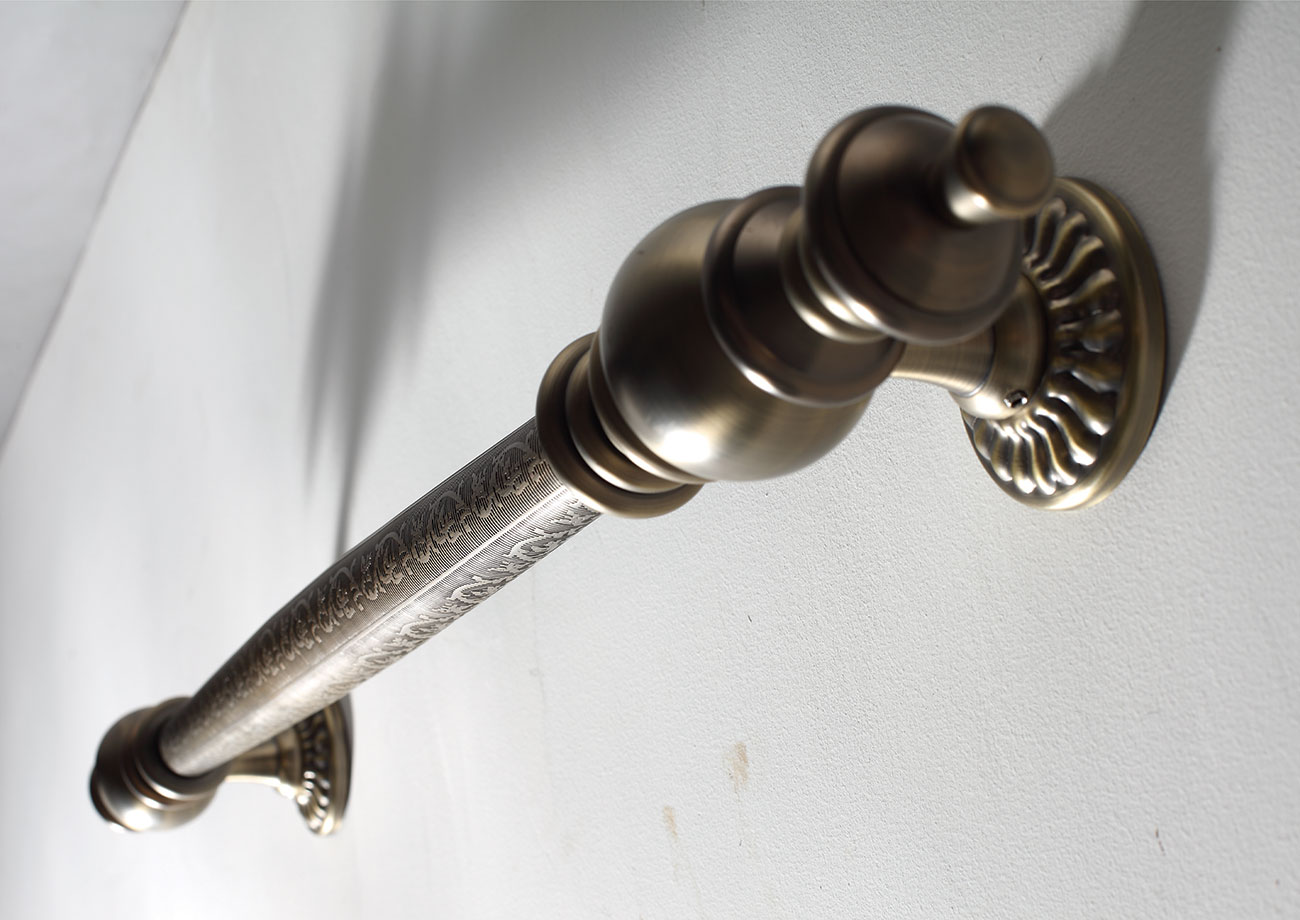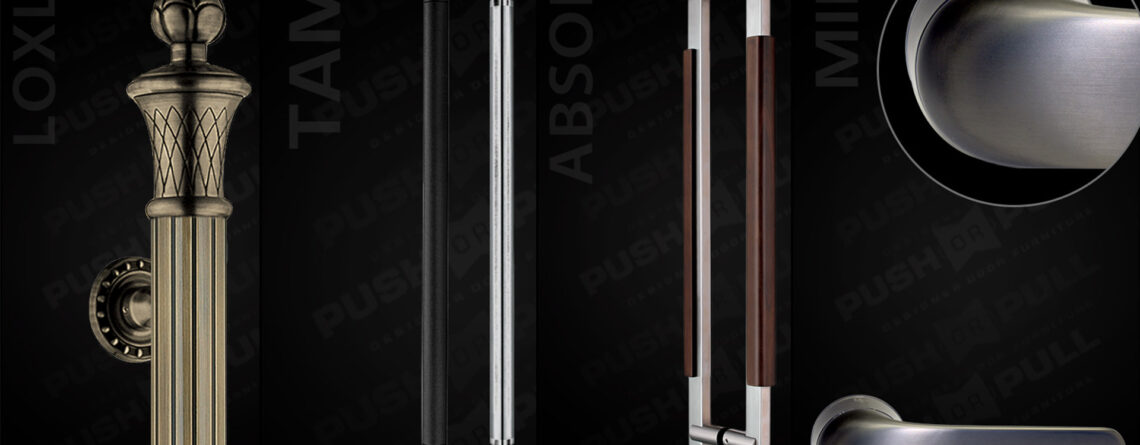The Future of Architecture in the Age of AI: A Partnership or a Rivalry?
ChatGPT, a pioneering chatbot that was unveiled last year by the American firm OpenAI, has issued a compelling caution to architects about the disruptive influence of Artificial Intelligence (AI) in their field. Having captured significant attention since its debut, ChatGPT asserts that architects who overlook the growing capabilities of AI may be inadvertently setting themselves on a path to obsolescence.
The interplay between Artificial Intelligence (AI) and architecture is a hot topic that’s creating a fair bit of buzz in the industry. With AI technology advancing at a rapid pace, there’s growing speculation about the future role of architects. Will AI serve as a useful tool that enhances the work of architects, or could it eventually make human architects redundant?
ChatGPT is powered by GPT4, a state-of-the-art software engine that can scan and interpret enormous sets of data to craft responses nearly indistinguishable from human communication. Since its launch, the chatbot has earned a reputation for generating specialised material like in-depth articles, creative poetry, or even intricate software code in mere moments. With such advanced features, industry insiders are speculating if ChatGPT might soon be capable of handling responsibilities commonly reserved for human architects.
Garry Kasparov’s Defeat: An Indicator of AI’s Growing Skills, Not Its Malevolence
Artificial Intelligence isn’t inherently nefarious; the real issue stems from its ever-growing proficiencies. It has already surpassed human abilities in specific domains and is on track to outperform us across all sectors. Reflecting on his monumental loss to IBM’s Deep Blue computer in 1997, chess grandmaster Garry Kasparov made an astute observation: “Machines will eventually excel in every task that we humans can do.”
The AI Revolution in Architecture
AI is already making waves in the architecture sector, from automating routine tasks to even contributing to the conceptual design stages. Advanced AI algorithms can analyse environmental data to suggest the best designs, assess the structural integrity of a project, and even forecast future maintenance needs. While this automation and foresight is revolutionary, it begs the question: Where does the architect fit into this new landscape?
The Human Element: More Than Just Numbers
While AI can process data and churn out designs based on algorithms, it lacks the human elements of intuition, emotion and ethical considerations. For example, an architect might weave cultural or historical elements into a design—something that AI wouldn’t consider unless explicitly programmed to do so. Moreover, client consultations to understand unique needs and preferences are realms where the human touch can’t be replaced.
AI as a Tool
Instead of viewing AI as a threat, architects can utilise it as a powerful collaborative tool. AI can handle the more tedious tasks, freeing architects to focus on the creative and human aspects of design. This symbiotic relationship can lead to more innovative and personalised architectural solutions.
The Push or Pull Perspective
Companies like Push or Pull, specialising in bespoke architectural door handles, offer insight into how AI and human design can coexist harmoniously. While AI can help optimise material usage or even suggest design modifications based on user interaction data, the final design decisions remain in the hands of human architects and designers who understand the nuanced requirements of each project.
Blending AI and Human Expertise: The Essential Role of Architects in the Future of Design
The interplay between AI and architecture is intricate and layered, offering both advantages and complications. While AI holds the promise of transformative impact on the field, the unique contributions of human architects continue to be essential. By embracing a teamwork-focused model with AI, architects have the chance to augment rather than diminish their roles, paving the way for a future where technological innovation and human ingenuity work in harmony within the realm of architectural design.
While the capabilities of Artificial Intelligence continue to grow, the key question isn’t whether AI is ‘for’ or ‘against’ us; it’s about how we integrate this emerging technology into our lives and industries responsibly. In the realm of architecture and design, AI tools can automate tedious tasks and offer unprecedented predictive analytics, but it’s crucial to remember that these tools are guided by human hands. Just as a beautifully designed door handle by Push or Pull complements an architectural masterpiece, AI can serve to enhance the human element, not replace it. The real challenge lies not in the capabilities of AI, but in ensuring its ethical and complementary use alongside human creativity.












